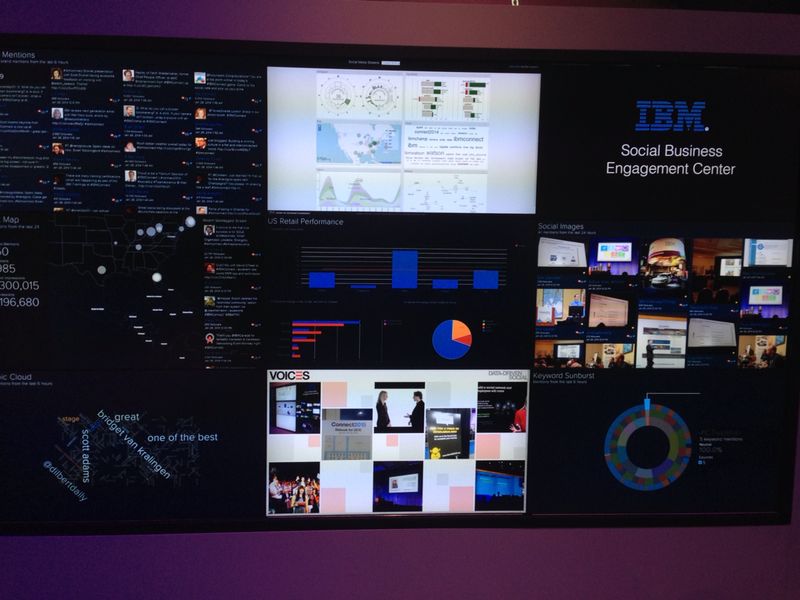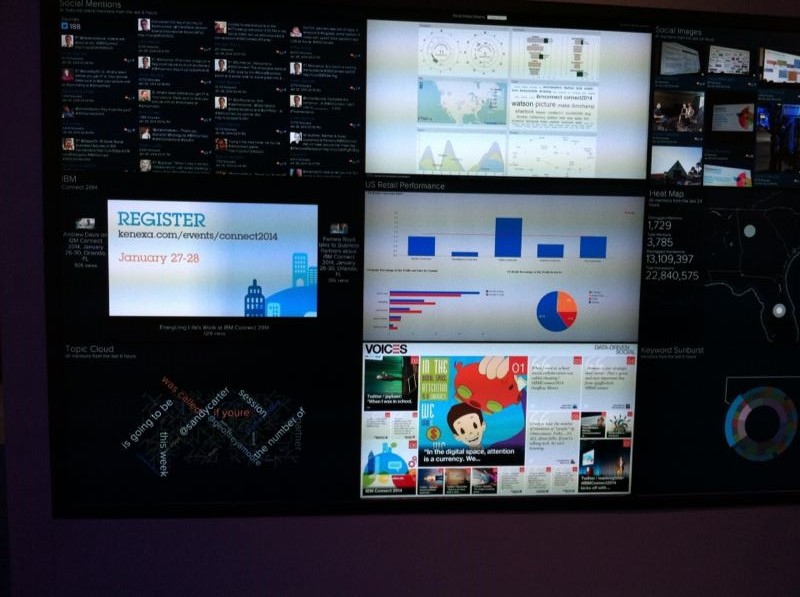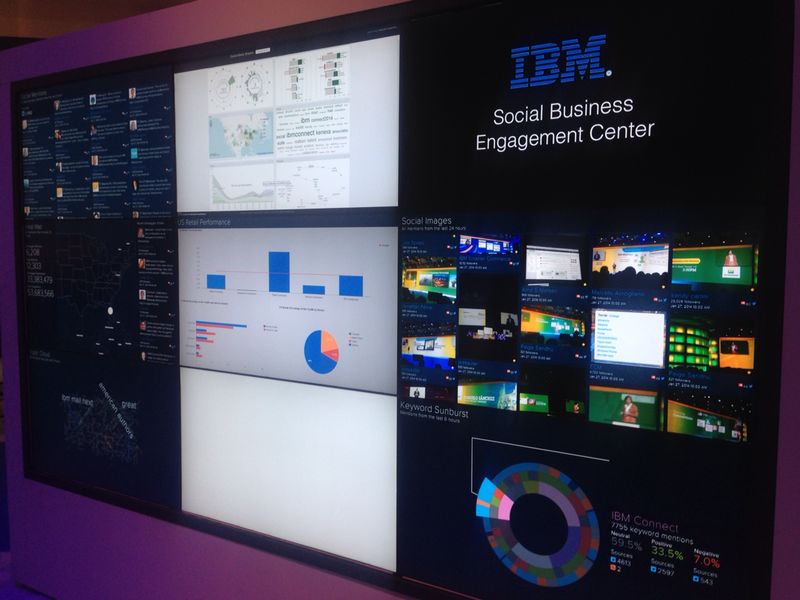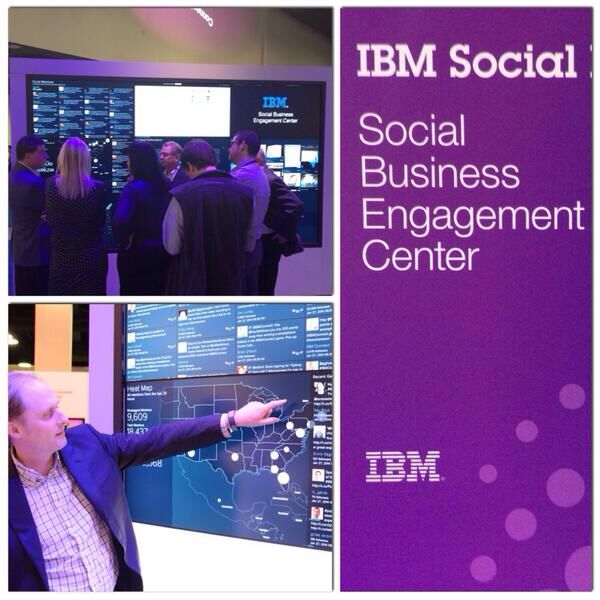Published on SmartBrief for Social Media on March 13, 2014.
SmartBrief on Social Media, the daily snapshot of social media news and insights, has relaunched as SmartBrief on Social Business. This new focus reflects the broad changes to business in the social media era, from marketing to customer service to revenue models. As part of the relaunch, we’ve asked industry leaders to give their thoughts on what it means to be a social business. Today’s post is from Michelle Killebrew, strategy program director for IBM Social Business.
In September, I wrote a commentary for ClickZ on what it means to be a social business and how it’s different than just being a business that uses social media to interact with customers and prospects. My thinking has evolved in this rapidly advancing area, but I still see social business as focused on “people-centric engagement,” including consumers, employees and citizens.
Social media continues to mature as both a channel and a market in its own right. It’s even becoming an agent for social change. Technology made it possible for us to connect, and now social media has made it possible to do it in a more organic, human way. Facebook and LinkedIn are each coming up on their 10th year, and Twitter is now six years old. Together, they’ve fundamentally changed how we engage with each other online. Millennials who grew up in a social world are entering the workforce and becoming active citizens. What happens next? Social business.
I believe that social business is the next step in the evolutionary process in the day-to-day functions of digitally enabled enterprises and governments. Much in the same way that the Internet revolutionized how we all work in the era of e-business; social processes, technology, and mindsets will revolutionize how people in organizations connect, collaborate, and share knowledge.
A social business is a connected organization where the expertise of the individual is accessible to all because of the ability to collaborate. Internal and external social communication fuels the development of new product and service development by employing social listening and analytics. It’s the application of the new communication medium that was introduced by social media into the very fabric of how we work and interact.
A social business creates a digital ecosystem that enables the easy transfer of ideas from inside the organization to outside the organization (and back again). We see crowdsourcing becoming increasingly mainstream, and we all know that ideas spark further ideation and innovation – it’s a wonderful snowball effect. This collective concept can be applied to virtually anything, from internal policy creation to new product innovation. It fosters workforce collaboration, and it also extends into customer experience.
By creating these dialogs in the digital world, we leave behind footprints of data that can help us further understand our constituents both as unique individuals and groups with common interests. This data is immensely valuable in providing us the means to appreciate intention, motivation, and sentiment, and it makes it possible to optimize experiences for our employees, customers and citizens. As we become more sophisticated at mining this information, we’ll be able to streamline interactions and better serve people’s needs – both online and off. (As my colleague Wyatt Urmey put it, “boundary workers” who sit right at the boundary of knowledge workers and service personnel, will “take us from ‘the coffee is on aisle six’ to ‘the coffee is on aisle six, but I see here you like dark French roast, and we have that on sale this week on the end cap of aisle five.’” Social and mobile technology is making it happen.)
But all of this doesn’t come without a price. All of this wonderful, transparent collaboration and all of this amazing data is valuable, but we need to think through how we protect people, data and our intellectual property. As we adopt social business practices, we need to think through how we empower people to become involved in sharing ideas. We also need to provide guidance as to what constitutes oversharing outside of the organization.
At IBM, we did this through a crowdsourced policy creation that identified what was appropriate to communicate via social media. The policy is public and can be leveraged for your own guidelines. Additionally, as we consider the world’s ever-increasing reliance on the massive amounts of data we all create, cyber security will continue to be a focus for all organizations — especially those seeking to optimize digital experiences for their customers and constituents.
It’s simple. Social business is much more than just social media. Social business is about people-centric engagement. Socially enabled organizations will flourish and out-perform their competition by providing better experiences. They’ll also be better-equipped to retain the top talent, the most valuable customers, and the most engaged citizens.
Finally, we need to remember that social business is more than just business — it’s about people. It’s about a young girl in Boston who recovered from a serious illness and provided insights that helped doctors treat another girl thousands of miles away. Watch this video to hear Dr. Jeffrey Burns of Boston Children’s Hospital share a remarkable story that features the powerful combination of collaboration, and knowledge sharing in action. It will not only touch your heart, but it will demonstrate the promise of social business — for all of us.
Michelle Killebrew is passionate about marketing, especially innovative online marketing strategies that deliver a superior brand experience — from initial acquisition through to loyal customer — and increase growth and profitability. She currently leads the go-to-market strategy for IBM Social Business, where her team focuses on messaging and solutions that define social business and demonstrate how organizations can embrace this next information revolution in the workforce.
Previously, Michelle headed up the worldwide go-to-market and revenue-bearing demand generation campaign strategy for IBM’s new Smarter Commerce initiative, where her team was responsible for marketing B2B/commerce and enterprise marketing management solutions to meet the needs of the empowered customer. Michelle has more than 14 years of high-tech marketing and holds a B.S. in Economics from Santa Clara University.








